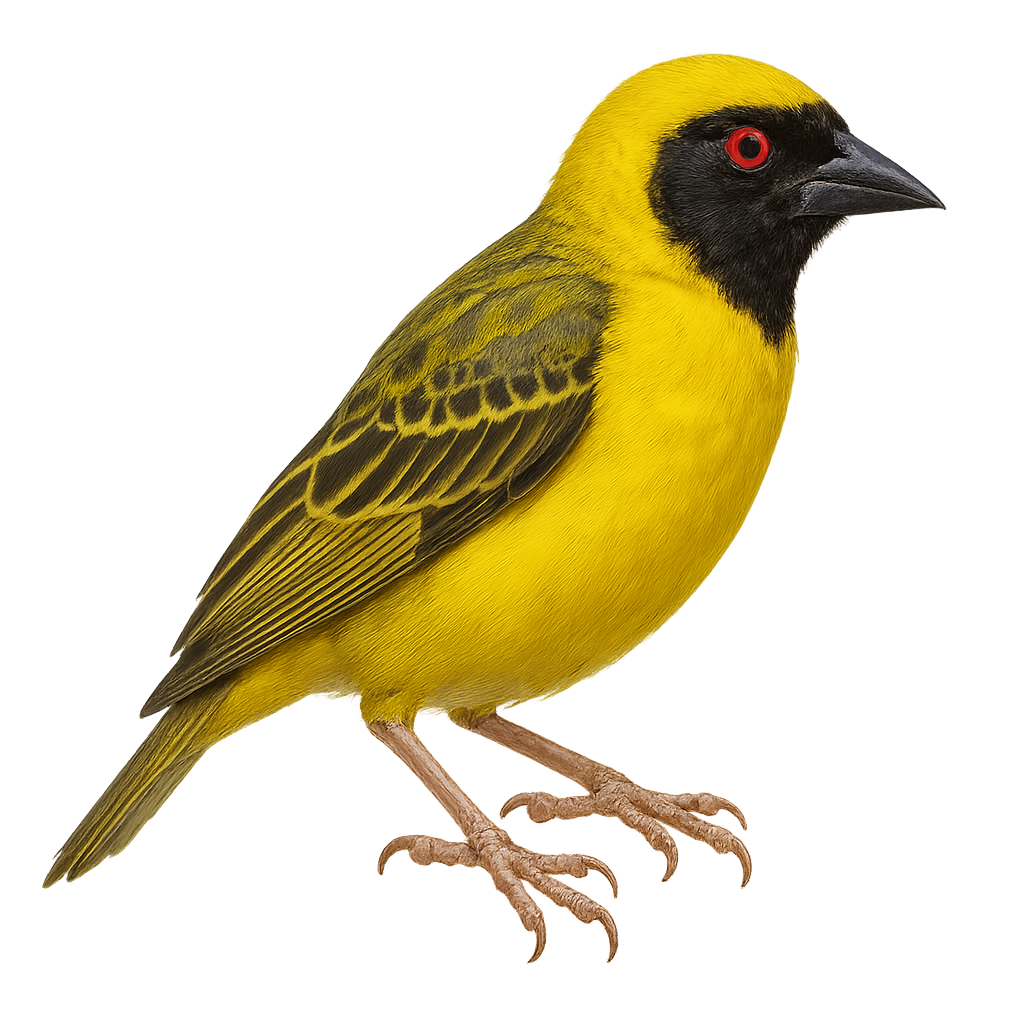Your wildlife photography guide.
Explore the southern masked weaver in detail, study its behavior, prepare your shots.
Where to observe and photograph the southern masked weaver in the wild
Learn where and when to spot the southern masked weaver in the wild, how to identify the species based on distinctive features, and what natural environments it inhabits. The WildlifePhotographer app offers tailored photography tips that reflect the southern masked weaver’s behavior, helping you capture better wildlife images. Explore the full species profile for key information including description, habitat, active periods, and approach techniques.
Southern Masked Weaver
Scientific name: Ploceus velatus

IUCN Status: Least Concern
Family: PLoceidae
Group: Birds
Sensitivity to human approach: Tolerant
Minimum approach distance: 10 m
Courtship display: December to January
Incubation: 12-14 jours
Hatchings: December to February
Habitat:
Savannas, woodlands, marshes
Activity period :
Primarily active during the day, with peak activity in the morning and late afternoon.
Identification and description:
The Southern Masked Weaver is a medium-sized African bird known for its exceptional nest-building skills. Males display a distinctive black head and bright yellow plumage, while females and juveniles are duller with brownish tones. They primarily inhabit savannas, woodlands, and marshes, feeding on seeds, insects, and nectar. Their song is a mix of chirps and whistles, often heard during the breeding season. Males construct intricate nests to attract females, using grass blades and leaves. These birds are social and live in colonies, making them fascinating to observe.
Recommended lens:
400 mm – adjust based on distance, desired framing (portrait or habitat), and approach conditions.
Photography tips:
To photograph the Southern Masked Weaver, focus on early morning or late afternoon when the light is soft. Use a 400mm lens or longer to capture precise details without disturbing the bird. Be patient and observe their social behaviors, especially nest building. A tripod can be helpful to stabilize your camera, especially if using a long focal length. Try to capture the interaction between males and females, as well as moments when they feed their young.
The WildlifePhotographer App is coming soon!
Be the first to explore the best nature spots, track rutting seasons, log your observations, and observe more wildlife.
Already 1 431 wildlife lovers subscribed worldwide

